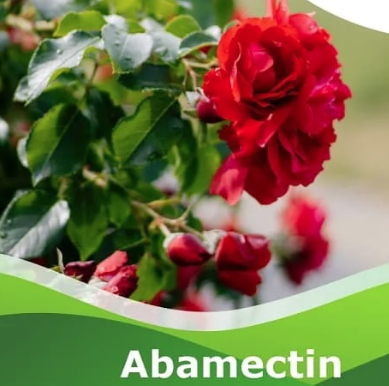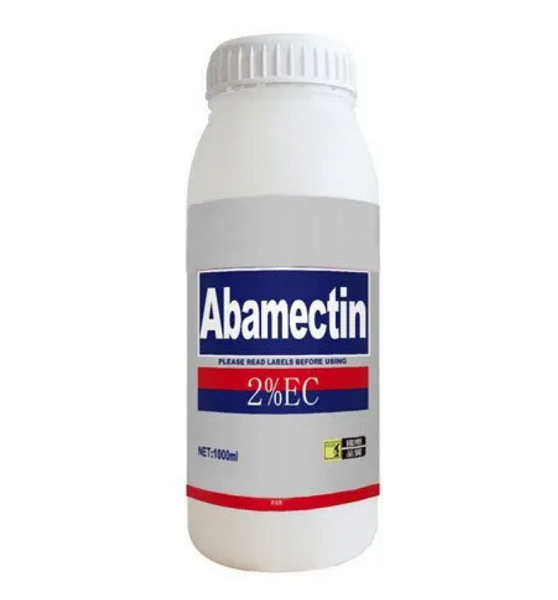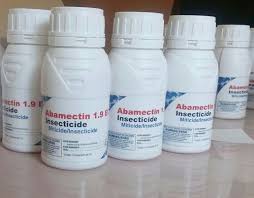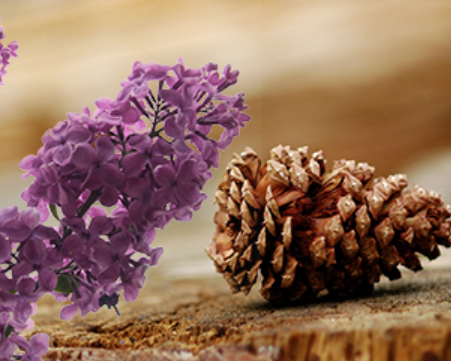Abamectin: a useful insecticide
Introduction
Abamectin belongs to a class of closely related macrocyclic lactones either produced directly by the actinomycete Streptomyces avermitilis or generated through semisynthetic modifications. The basic structural motif of the avermectins is evident in the natural product avermectin B1a, which is the principal constituent of the insecticide abamectin. As used in pesticides, abamectin consists of 80% or more of avermectin B1a and 20% or less of avermectin B1b and is called avermectin B1.

Chemical property
Abamectin is an off-white to yellow crystalline solid from methanol. A mixture of 80% B1a and 20% B1b. Odorless. Molecular weight = 887.11; Specific gravity (H2O:1) = 1.158 @ 21 °C; Freezing/Melting point = 150–155 °C. Vapor pressure = negligible, 1.5 × 10−9 mmHg; Flash point = 135–150 °C. Hazard Identification (based on NFPA-704 M Rating System): Health 3; Flammability 1; Reactivity 0. Practically insoluble in water; solubility = 3.5 × 10−4 g/100 mL.
Discovery
Abamectin traces its origins to the research efforts of Japanese scientists Satoshi Ōmura and William C. Campbell, who were awarded the Nobel Prize in Physiology or Medicine in 2015 for their groundbreaking discoveries. In the late 1970’s, they isolated a new class of compounds from the bacterium Streptomyces avermitilis, which demonstrated potent anthelmintic (anti-parasitic) properties. This discovery marked the birth of the avermectin family, with abamectin as one of its most notable members.
Crop Protection
Abamectin is registered worldwide to control mites and certain insect pests on various ornamental and horticultural crops and cotton. Abamectin is effective for controlling agromyzid leafminers, Liriomyza spp., Colorado potato beetle, L. decemlineata, diamond back moth, P. xylostella, tomato pinworm, K. lycopersicella, citrus leafminer, Phyllocnistis citrella, and pear psylla, Cacopsylla pyricola. Abamectin has also been incorporated into bait to control red imported fire ants and cockroaches.
Recent studies have shown that avermectins have potential as a component in Africanized honeybee abatement programs. Another novel use is the injection of abamectin into trees, which controls certain phytophagous arthropods, such as elm leaf beetle (Pyrrhalta luteola), for up to 83 days after application.
You may like
Related articles And Qustion
See also
Lastest Price from Abamectin manufacturers

US $3.20/box2025-09-28
- CAS:
- 71751-41-2
- Min. Order:
- 1box
- Purity:
- 99%
- Supply Ability:
- 20tons per month

US $5.00-0.50/KG2025-05-09
- CAS:
- 71751-41-2
- Min. Order:
- 1KG
- Purity:
- 99% hplc
- Supply Ability:
- 500TONS




